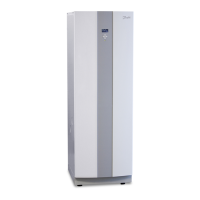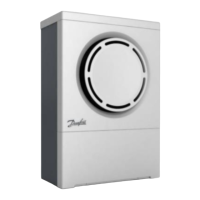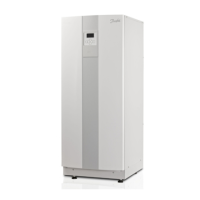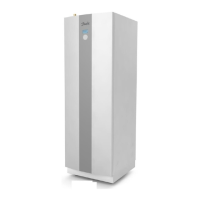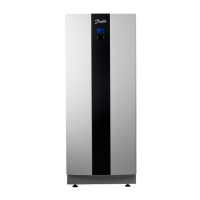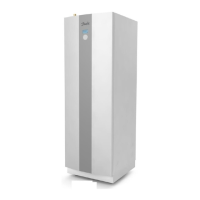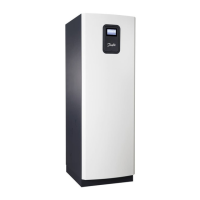Cause Troubleshooting Remedy
14. Changed conditions. Have you increased
your heating and/or hot water demand?
•Iftheheatpumphasbeendimensioned
for a certain demand and this demand is
increased, the heat pump might not be able
to maintain the desired room temperature.
•Ifhotwaterconsumptionincreases,a
larger proportion of time is used to produce
hot water, which means less time for heat
production (only applies to VL-systems).
If the heat pump cannot cope with the
demand, replace it with one with a higher
output or supplement it with a higher out-
put auxiliary heater.
Problem – Auxiliary heater cuts in too soon
Cause Troubleshooting Remedy
1. The heat pump’s control computer is
not set/adjusted to the customer’s require-
ments/wishes.
Check the ROOM, CURVE, INTEGRAL A1 and
INTEGRAL A2 settings
Adjust incorrect values in the heat pump’s
control computer.
ROOM = Desired indoor temperature.
CURVE = Should be set so that the desired
indoor temperature (ROOM) is maintained
regardless of the outdoor temperature.
INTEGRAL A1 = Start value for the compres-
sor.
INTEGRAL A2 = Start value (calculated from
A1) for the auxiliary heater.
2. Lack of refrigerant, not enough refriger-
ant in the system.
Using manometer apparatus and thermom-
eter, check that the unit’s overheating is
correct for the specific refrigerant.
Follow the correct procedure (depending
on type of refrigerant) to add the correct
amount of refrigerant.
If there appears to be a leak in the refriger-
ant circuit, carry out leak tracing and any
necessary corrective action. If leak tracer
is not available, brush soap water on the
suspected leak and look for bubbles. Also
check for oil as this can come out from the
refrigerant circuit.
3. Short active collector, e.g. short or dry
bore hole, short surface soil collector.
•Checkthelengthofthecollectorthatis
being used and compare with the collector
length in the dimensioning documentation.
•Inaddition,checkthatthecollectoris
not suspended ”in free air” if boreholes are
used.
If the active collector is too short, the heat
pump cannot receive enough energy from
the heat source, which results in it requiring
an addition to cover the energy require-
ment.
4. Collector too long, pressure drop too
great.
Check the length of the collector that is
being used and that it is connected in paral-
lel (not connected in series) if more than 1
coil is being used.
If a longer collector is being used than
recommended for the specific heat pump,
it must be divided on several parallel con-
nected coils.
5. Changed conditions. Have you increased
your heating and/or hot water demand?
•Iftheheatpumphasbeendimensioned
for a certain demand and this demand is
increased, the heat pump might not be able
to maintain the desired room temperature.
•Ifhotwaterconsumptionincreases,a
larger proportion of time is used to produce
hot water, which means less time for heat
production (only applies to VL-systems).
If the heat pump cannot cope with the
demand, replace it with one with a higher
output or supplement it with a higher out-
put auxiliary heater.

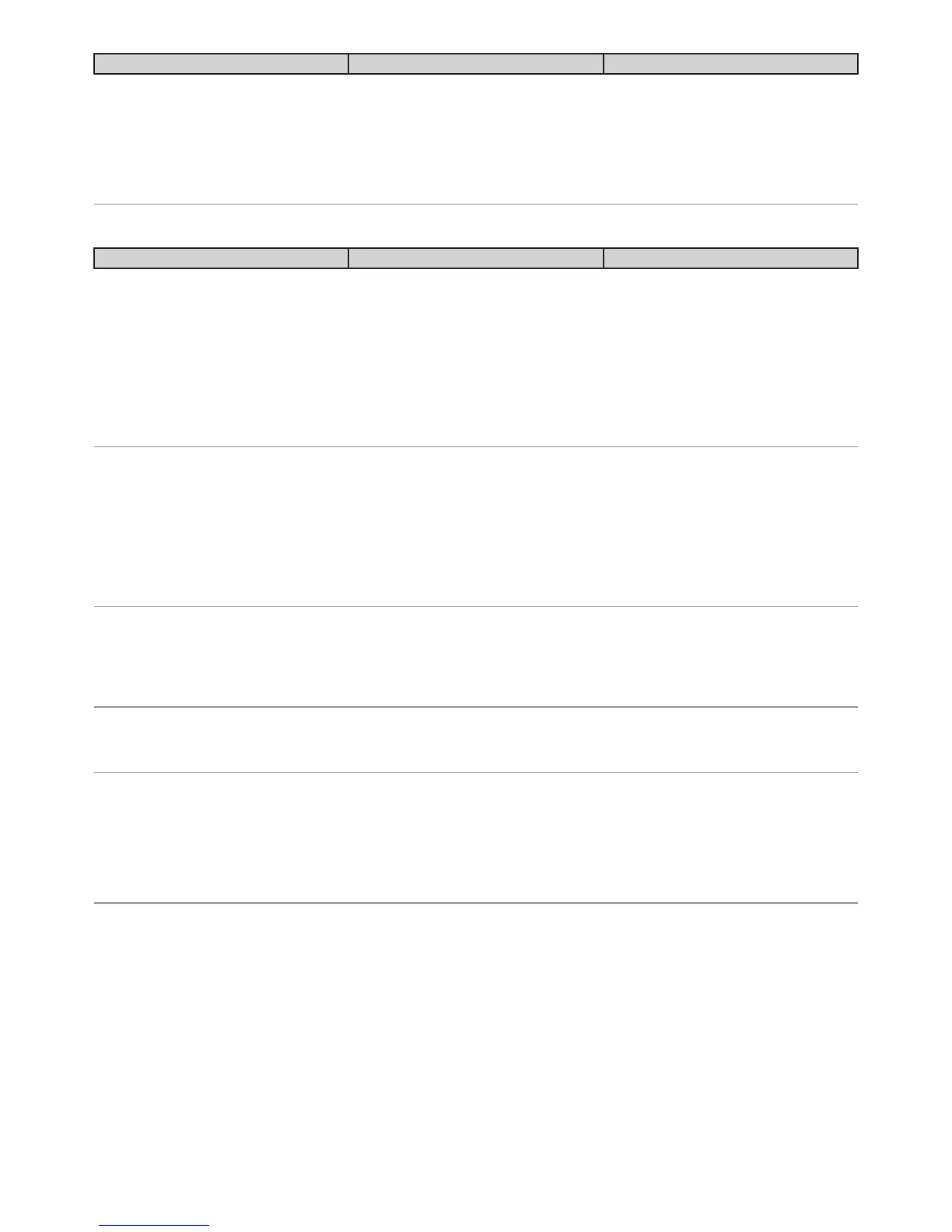